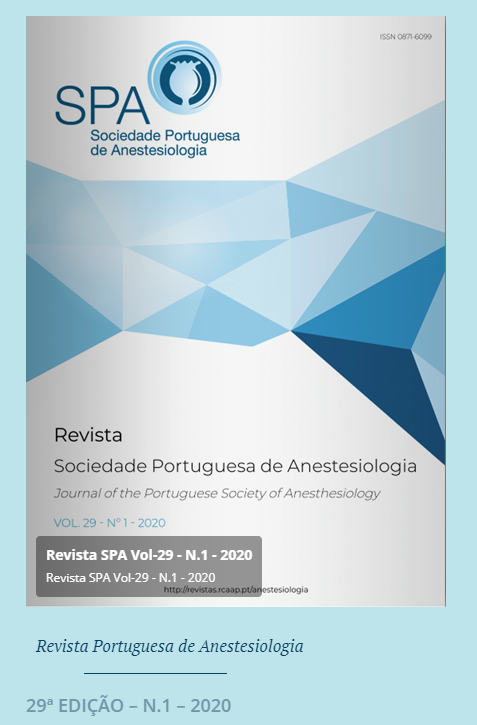Critical Appraisal of Economic Evaluation Studies (Part II): Cost-Effectiveness and Cost-Utility Analyses
DOI:
https://doi.org/10.25751/rspa.19778Keywords:
Biomedical Research; Cost-Benefit Analysis; Evaluation Studies; Models, Economic; Quality-Adjusted Life YearsAbstract
Cost-effectiveness and cost-utility analyses are types of full economic evaluations, simultaneously informing on costs and outcomes of different alternatives. In cost-effectiveness analyses, health outcomes are expressed in natural effectiveness units (e.g., life years gained). In these studies, comparison of two or more alternatives is based on incremental cost-effectiveness ratios (ICER) (ratio of the (i) difference between average/expected costs for each alternative, and the (ii) difference between the average/expected effectiveness of each alternative) – an alternative is considered to be cost-effective when its ICER is lower than the defined willingness-to-pay threshold. On the other hand, in cost-utility analyses, health outcomes are expressed in effectiveness units adjusted for individual or societal preferences. Therefore, in these studies, outcomes are frequently expressed as quality-adjusted life years (QALYs). In fact, QALYs simultaneously incorporate information on the average/expected life expectancy and quality of life following an intervention. In cost-utility analyses, comparison of different alternatives is based on incremental costutility ratios, with calculation and interpretation similar to those of ICER.
Downloads
References
Azevedo LF, Sousa-Pinto B. Avaliação crítica de um estudo de avaliação económica (parte I): Tipologias de estudos. Estudos de custo-benefício. Rev Soc Port Anestesiol. 2019;28:254-7.
Husereau D, Drummond M, Petrou S, Carswell C, Moher D, Greenberg D, et al.ISPOR Health Economic Evaluation Publication Guidelines-CHEERS Good Reporting Practices Task Force. Consolidated Health Economic Evaluation Reporting Standards (CHEERS)--explanation and elaboration: a report of the ISPOR Health Economic Evaluation Publication Guidelines Good Reporting Practices Task Force. Value Health. 2013;16:231-50.
Rudmik L, Drummond M. Health economic evaluation: Important principles and methodology. Laryngoscope. 2013;123:1341-7. doi: 10.1002/lary.23943.
Hershey JC, Asch DA, Jepson C, Baron J, Ubel PA. Incremental and average cost-effectiveness ratios: Will physicians make a distinction? Risk Analysis. 2003;23:81-9.
Drummond MF, Sculpher MJ, Torrance GW, O’Brien BJ, Stoddart GL. Methods for the Economic Evaluation of Health Care Programmes. 3rd ed. Oxford: Oxford University Press; 2005.
Aderibigbe T, Lang BH, Rosenberg H, Chen Q, Li G. Cost-effectiveness analysis of stocking dantrolene in ambulatory surgery centers for the treatment of malignant hyperthermia. Anesthesiology. 2014;120:1333-8.
Shiell A, Donaldson C, Mitton C, Currie G. Health economic evaluation. J Epidemiol Community Health. 2002;56:85-8. doi: 10.1136/jech.56.2.85.
Bharmal MI, Venturini JM, Chua RF, Sharp WW, Beiser DG, Tabit CE,et al. Costutility of extracorporeal cardiopulmonary resuscitation in patients with cardiac arrest. Resuscitation. 2019;136:126-30. doi: 10.1016/j.resuscitation.2019.01.027
Downloads
Published
How to Cite
Issue
Section
License
Articles are freely available to be read, downloaded and shared from the time of publication.
The RSPA reserves the right to commercialize the article as an integral part of the journal (in the preparation of reprints, for example). The author should accompany the submission letter with a declaration of copyright transfer for commercial purposes.
Articles are published under the terms of the Creative Commons Attribution Non-Commercial License (CC BY-NC).
After publication in RSPA, authors are allowed to make their articles available in repositories of their home institutions, as long as they always mention where they were published.


